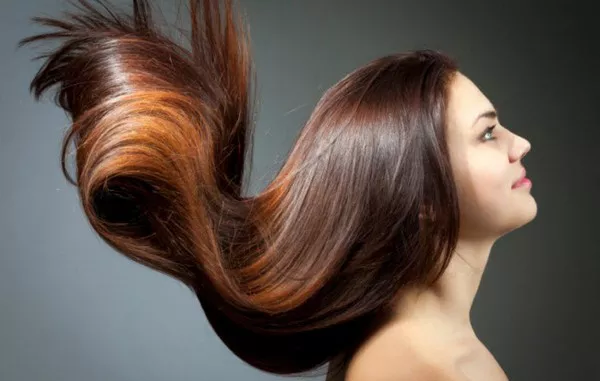We all dream of luscious, healthy locks that turn heads wherever we go. However, daily exposure to heat styling, harsh chemicals, and environmental factors can wreak havoc on our hair, leaving it dry, brittle, and damaged. Fear not! In this guide, we will unveil effective strategies and expert advice on how to repair and rejuvenate your damaged tresses. Follow these steps, embrace a hair care routine tailored to your needs, and watch your hair transform into a crowning glory once again.
I. Understanding Hair Damage
To effectively repair damaged hair, it’s crucial to comprehend the root causes of the problem. Hair damage can manifest in various forms, such as split ends, breakage, dullness, and frizz. Common culprits include excessive heat styling, chemical treatments, overwashing, sun exposure, and lack of proper nutrition. Identifying the specific types of damage you’re dealing with will allow you to tailor your repair efforts accordingly.
II. Trim Those Troublesome Ends
One of the first steps in hair repair is to address split ends. These damaged tips can continue to travel up the hair shaft, leading to further breakage and hindering growth. Regular trims, preferably every six to eight weeks, will help prevent split ends from worsening and promote healthy hair growth.
III. Nourishment from Within
Just as a balanced diet contributes to overall well-being, proper nutrition is vital for hair repair. Incorporate foods rich in vitamins A, C, E, and biotin into your meals. Additionally, increase your intake of protein, omega-3 fatty acids, and zinc, as they play a crucial role in strengthening hair follicles and promoting growth. Remember to stay hydrated to keep your strands moisturized from the inside out.
IV. Gentle Cleansing and Hydration
When repairing damaged hair, opt for gentle shampoos that are free of sulfates and harsh chemicals. These products will cleanse your hair without stripping away its natural oils. Follow up with a nourishing conditioner, focusing on the mid-lengths and ends. For an extra hydration boost, consider incorporating a deep conditioning treatment or hair mask into your routine once or twice a week.
V. Protect from Heat Damage
Excessive heat styling can be a major culprit behind hair damage. Minimize the use of heat tools, such as flat irons, curling irons, and blow dryers. If you must use them, apply a heat protectant spray to create a barrier between your hair and the heat. Use lower heat settings and avoid prolonged exposure to reduce the risk of damage.
VI. Embrace Natural Remedies
Nature provides us with numerous ingredients that can help repair damaged hair. Incorporate natural remedies into your routine, such as coconut oil, argan oil, aloe vera, and honey. These ingredients possess nourishing and moisturizing properties that can restore strength, shine, and elasticity to your hair. Experiment with homemade hair masks and treatments to find what works best for you.
VII. Handle with Care
Gentle handling is crucial when it comes to repairing damaged hair. Avoid rough towel drying and opt for a softmicrofiber towel or an old T-shirt to blot excess water from your hair. When brushing or combing, start from the ends and work your way up to prevent unnecessary tugging and breakage. Use wide-toothed combs or brushes with flexible bristles to detangle your hair gently.
VIII. Reduce Chemical Treatments
Chemical treatments like hair dye, perms, and relaxers can further damage already compromised hair. Consider giving your hair a break from these treatments while you focus on repair. Embrace your natural color or explore non-permanent alternatives like henna or temporary hair dyes. If you must undergo chemical treatments, consult a professional stylist and ensure proper care before and after the procedure.
IX. Protect from Environmental Stressors
Environmental factors such as pollution, UV rays, and harsh weather conditions can take a toll on your hair’s health. Shield your tresses by wearing hats or scarves when exposed to the sun, and use hair products that contain UV protection. Consider applying a leave-in conditioner or a protective serum before heading outdoors to minimize damage caused by pollution and other external stressors.
X. Patience and Consistency
Repairing damaged hair is a gradual process that requires patience and consistency. Don’t expect overnight miracles. Stick to your repair routine, incorporating the recommended practices and products. It may take several weeks or even months to see noticeable results, but with dedication, your hair will gradually regain its health and vitality.
Conclusion
With the right knowledge and a tailored approach, repairing damaged hair is entirely possible. Remember to address specific types of damage, trim split ends regularly, nourish your hair from within, and adopt a gentle hair care routine. Embrace natural remedies, protect your hair from heat and environmental stressors, and handle your hair with care. Above all, be patient and consistent in your efforts. By following these guidelines, you’ll be well on your way to reviving your mane and enjoying the vibrant, healthy hair you deserve.

